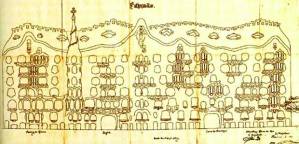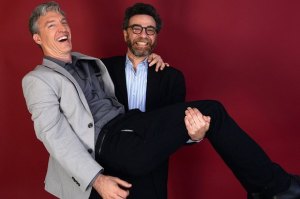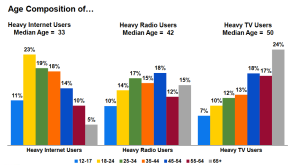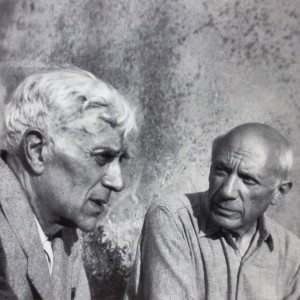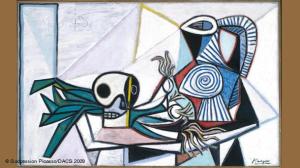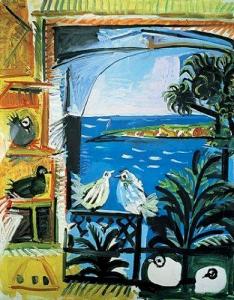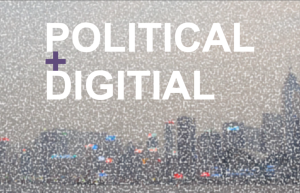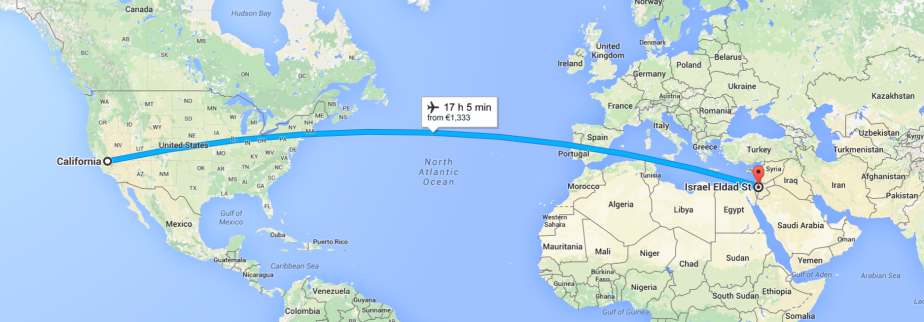Despite the wind and slight rain on the day of my weekend visit, Gaudí’s unfinished masterpiece known as La Pedrera was no less astounding.
As explained by the tour guide, in the late 1800’s La Pedrera’s design was completely out of the ordinary—before Gaudí, buildings were functional but boring. However, with the blossoming of modernism in 1890, the beginning of the movement from the old city to the new city began. During this time, the bourgeoisie started to move to new and up-and-coming areas of Barcelona, but obviously refused to live in a mediocre type of apartment, as architecture is not only for fiction but also a form of class and status. Therefore, beginning when the scaffolding of the Violet House came down, the city started a contest to see what architects could create a building that could capture every persons interest.
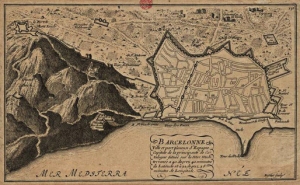
During the tour, I learned that color is life and is one of the most important features in Gaudí’s architecture. Here, it seems as if Gaudí contradicts his philosophy but the truth is that Gaudí wanted the tenants and the apartment owners to plant ivy and other climbing plants in their balconies so the façade would become living. Instead of imitating nature, this building would be the first to have incorporated actual plants. However, La Pedrera had bad luck, not only were the apartments never fully occupied, but Gaudí was involved in many disputes with the owners, resulting in his building to incompletely materialized (although many of the architectural elements are 100% Gaudí). It is clear that if Gaudí wanted La Pedrera to provoke one thought, it would be the importance of understanding the balance between symbolism and function.
Throughout the construction of La Pedrera, Gaudí solved one of the worst architectural problems to ever occur in Eixample. With wavy facades, he unifies the entire perimeter, allowing for a continuous and dynamic movement, with curved unions that allowed for distribution of space in apartments. This way, two courtyards could provide light from both sides.
In terms of the actual structure of La Pedrera, the structures terrace has three parts: the air vents, the chimney and six staircases that are separated in three pairs. However, only four of the six staircases are decorated for pragmatic reasons, as Gaudí took budget and saving money very seriously. He believed the other two staircases didn’t deserve to be decorated because they’re located inside the area of the terrace and can’t be seen from the street.
Though there are many rumors/legends surrounding the chimneys that Gaudí designed, the true origin of his inspiration were mushrooms. In Catalunya, there is a large tradition surrounding edible mushrooms. Every year around the month of September, there is a rush of people who travel to the forest and pick mushrooms. The mushrooms grow in groups and the shape and mythology of them are very close to that of Gaudí’s design.
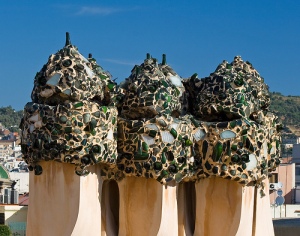
Not to mention, Gaudí observed that when smoke rises it doesn’t go up vertically, but instead spirals, and believed that constructing the chimneys in a spiral shape would match the smoke’s natural parable and help it disappear faster.
On top of the structures is the Catholic cross—originally, Gaudí envisioned a sculpture of Virgin Mary and two angels. However, during this time period there was a riot in Barcelona, so the building’s burro refused the idea of placing a religious symbol on his building because he was worried that this would cause La Pedrera to become a target. Unfortunately, Gaudí didn’t accept this refusal and stopped working on La Pedrera, suing the patron for unpaid fees.

I enjoyed both touring the actual building and the story behind La Pedrera. It’s incredible that Gaudí ultimately founded the idea of restructuring space inside a living area according to individual needs, as well as incorporating massive iron staples to increase indoor insolation.
I appreciate Gaudí’s precise attention to detail and strive for perfection, as he equally paid attention to both aesthetic appeal and function. He most definitely applied these characteristics while building La Pedrera, as specific as studying the wind to determine which windows should be open and closed to increase airflow.
